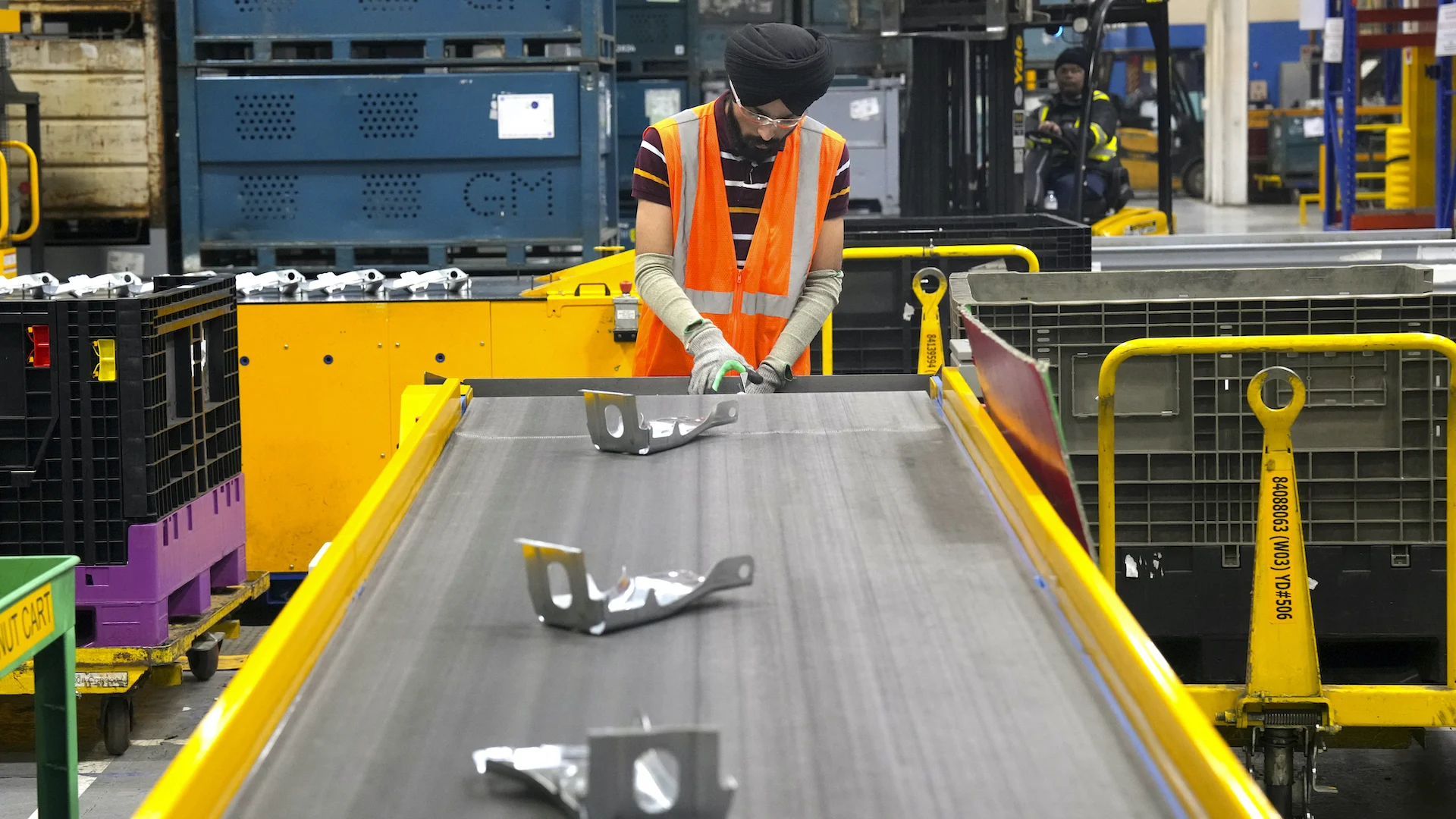Making bicycle helmets cool to wear – Information Centre – Research & Innovation

© WavebreakmediaMicro #128760444, supply:inventory.adobe.com 2020
Presented an possibility among security and convenience, some shoppers are probable to pick out convenience. The exact same is correct when it arrives to bicycle helmets, which have a tendency to come to feel as well warm soon after extensive or intense rides. The form and non-optimised vents in the helmet as effectively as the insulated liners normally stop up trapping significantly as well significantly heat.
Persons commuting to operate on a bike, for instance, do not want a sweaty head and tussled hair because of wearing a helmet. Without compromising security, researchers were being challenged to make the helmets a good deal cooler to use. The predicament was tackled by the EU-funded SMARTHELMET job which brought jointly research and sector specialists to come up with a novel remedy.
SMARTHELMET job concentrated on building helmets with lively thermal management, wherever the air flow can be controlled autonomously based on a riders cooling wants, states job coordinator Tiago Sotto Mayor of the University of Porto in Portugal.
By planning and generating new helmets that are cooler and more relaxed, the hope is that a lot of more will start out wearing them. Far more bikers imply a more lively population and potentially cleaner air for these who pick out no for a longer period to commute by car or truck. Additionally, engineering that could help save lives is not only smart but is also socially responsible.
Moreover, helmets are passive objects with a fastened geometry and form which simply cannot adapt to riders various thermal environments and air flow wants, states Sotto Mayor.
Cooler heads prevail
Regular helmets serve only to safeguard a persons head. So creating just one that can also perception, forecast and adapt its air flow to the cooling wants of a rider calls for a good deal of know-how.
For SMARTHELMET, this intended initially bringing jointly a blend of specialists in biomechanics, electronics, thermo-regulation, engineering, producing and innovation.
SMARTHELMET researchers then integrated electronics into bicycle helmets to help true-time sensing of physiological and environmental parameters. These parameters included heart fee, temperature and relative humidity, which were being made use of to gauge a riders heat output and different cooling wants.
We investigated means to adapt the helmet air flow by means of variations in the functions of its vents and linked their operation with the riders thermo-regulation wants, states Sotto Mayor.
The findings were being then integrated into an innovative helmet notion to optimise air flow by means of sensing, electronics and smart operation. The notion also took in other components like encompassing environmental ailments and the cyclists level of actual physical action.
Beyond cycling
LAZER, a business that types and sells bicycle helmets in more than sixty five international locations unfold around 5 continents, was also involved in the job. Sotto Mayor describes the organization as a purely natural lover to switch the research into innovative smart bicycle helmets.
On the other hand, he also notes that the research has a massive potential in other sectors as effectively, like goods such as motorcycle helmets, industrial protecting headgear and even protecting apparel.
The potential impression of the operate formulated in the SMARTHELMET job goes beyond the cycling world, he adds, noting that the job has also supplied youthful researchers a terrific opportunity for fingers-on expertise across various sectors.







